Jul 24, 2025
Author:Sam Wonder
The Bengal cats are one of the most dramatic and eye-catching breeds of cats, which usually draw attention due to their wild and leopard-like appearance, along with their hyperactive behavior.
However, beneath those pretty rosetted coats and fit bodies, a question that many potential cat owners pose lies with one statement: Are Bengal cats affectionate?
Whether you are thinking about getting a Bengal or you have a curiosity about this high-energy furball, this guide will make you realize the real extent of the affection Bengals express to their owners.
We will learn about their behavior, their way of affection, and how to better connect with them. And for people who already have a Bengal cat, we will present how specific tools can contribute to an enjoyable pet cat-hoarder relationship, such as the correct feeding setup.
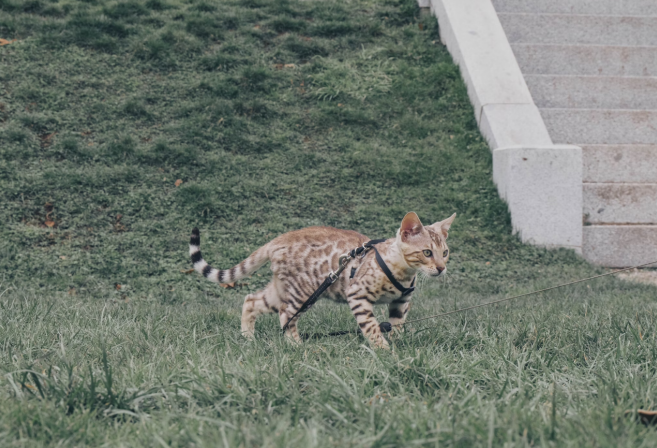
The Bengals are a hybrid breed of domesticated cats mated with the Asian Leopard cat. This explains the Bengal cat behaviour, active, curious, and innovative nature.
As compared to the average lap cat, Bengals have much higher chances of actually playing with you and exploring the places. They are social creatures and mostly want to participate in whatever you are doing —whether it's working on your laptop or cooking dinner.
Bengals have a reputation for shadowing their owners, exploring the house, watching each activity from perch to perch, and even attempting to assist with chores.
Most Bengals form a close attachment with their human owners and love to curl up in their laps. They express their love by paying attention, vocalizing, and physical contact in their characteristically unusual ways.
Yes, Bengal cats are affectionate; however, their manner of affection tends to differ when compared to the more docile breeds. These are some of the acts of love that Bengals express:
Although the Bengal can appreciate the cuddle, not all of them like lying on your body; they will follow you around the house, jump onto pieces of furniture in order to be closer, or sleep beside you as opposed to on your lap.
Love toward a Bengal is frequently shown by playing. The cats are brilliant, and they require mental and physical stimulation. Play is not just good for their health, but also for bonding. Playing with interactive toys with your Bengal on a frequent basis will promote your bond.
The Bengals are vocal cats. They also chirp, meow, and trill as a means of communicating with their owners. When your Bengal keeps talking to you, it is highly likely that they feel attached and aim to convey.
Grooming each other, butting each other with the head, and rubbing on you are all traditional cat things to do, and the Bengal does them too as an expression of love and identification with you as their territory.
A friendly relationship with a Bengal involves patience, consistency, and understanding. These cats are loyal and will give back the same love to you. So it all depends how you treat them in the relationship.
The sooner the Bengal kittens are socialized with and around humans and home life, the greater is the possibility that they will become loving adults. Such an approach may often be started by reputable breeders and adoption centers, yet it is imperative to extend it to a domestic setting.
To strengthen loving behavior, use treats, kind words, and praise. Reward your Bengal cat when they approach you or sit at your side. They soon get to know what actions are going to get them attention and snacks.
Cats love stability, and Bengals are no different. A set feeding, play, and interaction time may create a feeling of security, and this will predispose your Bengal to accept affection. The automatic cat food feeder comes in handy in setting a schedule, even when you are not in the house, hence your Bengal never feels abandoned.
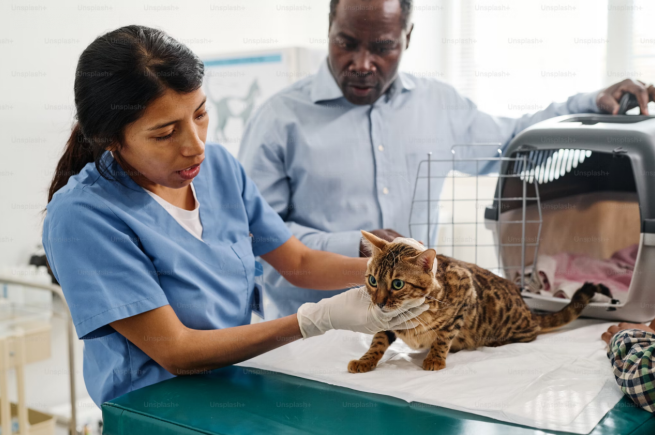
If you are wondering how do Bengal cats show affection, it’s important to remember that no two Bengals are the same. While some will be lap-seeking cuddlers, others will show their love by sitting next to you, playing, or simply purr when you enter the room.
Several factors influence how affectionate your Bengal might be:
● Early life experiences and handling
● Environment and stimulation
● Daily routine and interaction
● Genetics and breeding lines
Don’t be disheartened if your Bengal isn’t as physically affectionate cat breed as other breeds. In many cases, their bond is no less deep—it’s just different.
The reason is that a relationship with a Bengal thrives on trust. They are intelligent and sensitive beings, and they are observant of tone, behavior, and body language. Building trust usually results in close displays of affection over time.
Allow your Bengal to come to you on their own terms. Forcing affection can lead to stress or avoidance. Give them time and space to adjust to new surroundings at their own pace.
The time of feeding is also an adequate time to establish confidence. Using an intelligent device as the WOPet Heritage View Automatic Pet Feeder with Camera not only guarantees feeding your Bengal on a regular basis, but it also enables you to view feeding behavior remotely. This helps in setting a routine and making your Bengal associate good things with you, even when you are not around.
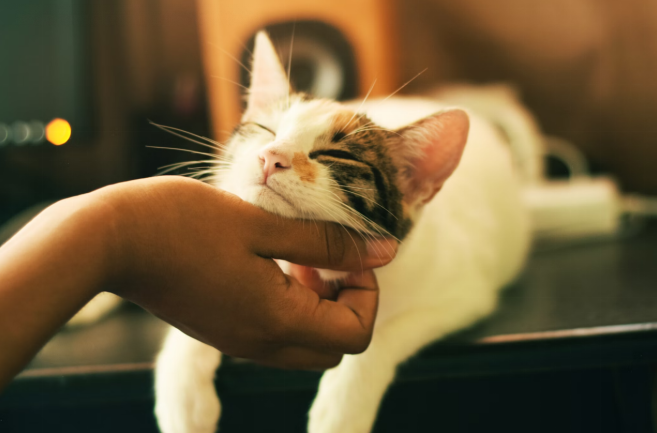
It is normal that Bengals can grow to be more affectionate when growing older and when the high-energy kittenage phase, oriented on running around and chasing, comes to calm down.
There are high chances that adult Bengals will want petting, lap time, or even sleep beside you. They are also emotionally sensitive and intelligent. They respond to your moods and give you quiet companionship when you are stressed or in a bad mood.
Other owners state that their Bengals shadow them and that they are constantly underfoot or off on a chair right next to them when they work or sit. This fidelity and fierceness, though not necessarily cuddly, is nonetheless an obvious sign of affection.
One of the most interesting (and love-stimulating) characteristics in Bengals is that they are fascinated by water. A lot of the Bengals like to bathe with running water or dip their feet in bowls, as well as fountains. This can both simplify bath time and introduce a bonding experience during grooming or play.
In case your Bengal has got a taste for water, you should have a look at cats that love the water, to find ideas (and products) on how to encourage their water interest without any risks.
Adherence to a schedule is more than just nutrition; however, it can profoundly affect your Bengal in terms of mood, general behavior, and overall security. These cats may feel frustrated or stressed when their feeding has been irregular, hence they may not be willing to receive affection.
This is why numerous Bengal owners rave about such tools as smart feeders. The WOPet Heritage Air Smart Pace Feeder works best when it comes to dividing meals and preventing binge-eating of this active breed, which is most recommended.
To get a bigger picture of the advantages of meal timing, you may also read this informative blog on why you need a timed cat feeder.
Bengal cats are capable of developing loving relationships with other pets, but it's slowly integrated in monitored conditions.
Their playfulness and energy ensures that a playful cat serves as their best partner, or even a dog. Bengals usually do not mind the multi-pet environment; they might be dominant at an early age.
In order to nurture interspecies love, provide positive reinforcement, a lot of common play sessions, and individual feeding and sleeping places, e.g., bowls and sleeping places.
Dual-bowl feeders and other types of tools can prevent the appearance of food-related tension and promote harmony between the pets during mealtime.
Every pet owner would love to strengthen their bond with their pet(s), here are some tips:
● Interactive play: Feather wands, laser pointers, and puzzles are used every other day. To the Bengals, play is a love affair.
● Cat Furniture: Give them vertical climbing surfaces such as cat trees or perches on a wall- they feel very secure when high up.
● Build Communication: Bengals adore communicating. Hear, comply, and talk back.
● Respect Boundaries: Ensure your Bengal takes the first step in expressing love when they decide to.
● Feed on Schedule: Run several automatic feeders throughout the day to create a positive correlation between the feeding schedule and the predictability.
Finally, lets address the question, are Bengal cats loving? Yes, and sort of in their manner. They are also intelligent, vocal, and highly loyal pets who are happy to be kept in houses where they are satisfied in terms of attention, playtime, and stimulation.
They do not always curl up on your lap, but their special touch of affection, curiosity, and attachment to a person they trust makes them come out as one of the emotionally stimulating breeds one can have.
Be it purr-ing at you across the room, or trailing after you as you move in and out of the rooms in the house like a fuzzy shadow, Bengal cats definitely have a way of saying: I love you.
Armed with the appropriate devices, i.e., well-chosen feeders companies like WOPet, regular routines, and as much love as you can afford, you will soon learn that Bengal love can have precisely the same power.
Label:
Popular Post

What to Feed a Sick Dog With No Appetite? [2025 Guide]
May 16, 2023
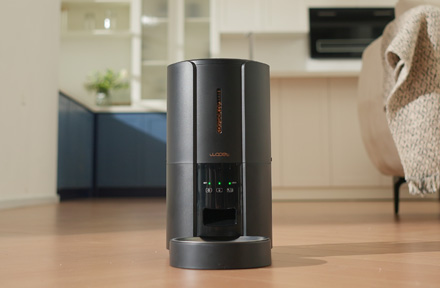
Troubleshooting Common Issues with Automatic Pet Feeders: Tips & Tricks for Pet Owners
Oct 26, 2023
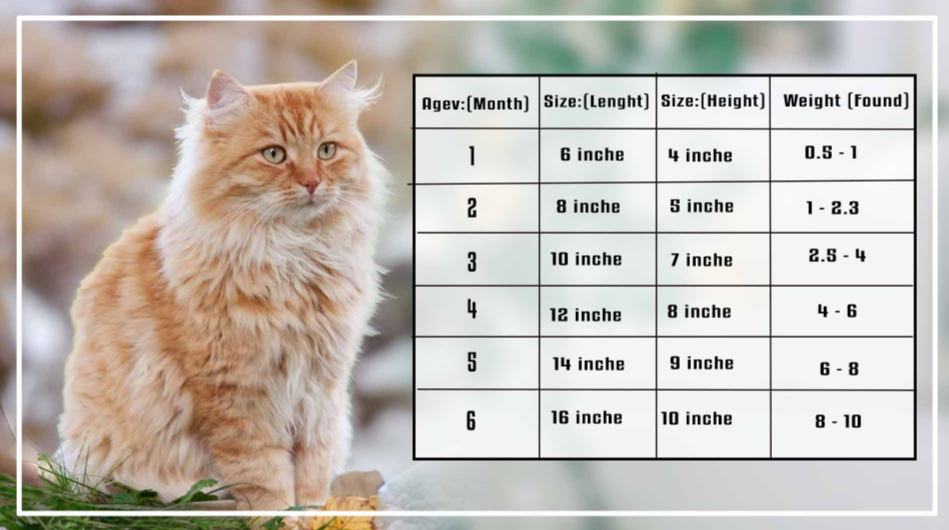
What is a standard Cat Weight chart by age Kg?
Mar 19, 2025
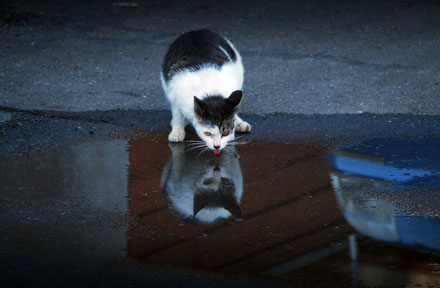
Why Does My Cat Cough After Drinking Water? 8 Potential Reasons
Mar 13, 2023
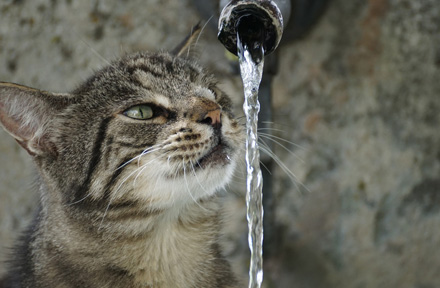
Why is My Cat Throwing up Water? Top 5 Causes Here
Feb 08, 2023
$109.99
$129.99
Copyright © 2025 WOPET. All Rights Reserved.